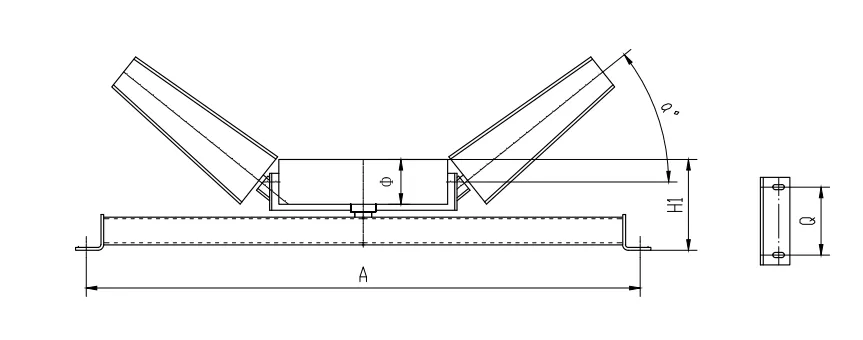 Afrikaans
Afrikaans  Albanian
Albanian  Amharic
Amharic  Arabic
Arabic  Armenian
Armenian  Azerbaijani
Azerbaijani  Basque
Basque  Belarusian
Belarusian  Bengali
Bengali  Bosnian
Bosnian  Bulgarian
Bulgarian  Catalan
Catalan  Cebuano
Cebuano  Corsican
Corsican  Croatian
Croatian  Czech
Czech  Danish
Danish  Dutch
Dutch  English
English  Esperanto
Esperanto  Estonian
Estonian  Finnish
Finnish  French
French  Frisian
Frisian  Galician
Galician  Georgian
Georgian  German
German  Greek
Greek  Gujarati
Gujarati  Haitian Creole
Haitian Creole  hausa
hausa  hawaiian
hawaiian  Hebrew
Hebrew  Hindi
Hindi  Miao
Miao  Hungarian
Hungarian  Icelandic
Icelandic  igbo
igbo  Indonesian
Indonesian  irish
irish  Italian
Italian  Japanese
Japanese  Javanese
Javanese  Kannada
Kannada  kazakh
kazakh  Khmer
Khmer  Rwandese
Rwandese  Korean
Korean  Kurdish
Kurdish  Kyrgyz
Kyrgyz  Lao
Lao  Latin
Latin  Latvian
Latvian  Lithuanian
Lithuanian  Luxembourgish
Luxembourgish  Macedonian
Macedonian  Malgashi
Malgashi  Malay
Malay  Malayalam
Malayalam  Maltese
Maltese  Maori
Maori  Marathi
Marathi  Mongolian
Mongolian  Myanmar
Myanmar  Nepali
Nepali  Norwegian
Norwegian  Norwegian
Norwegian  Occitan
Occitan  Pashto
Pashto  Persian
Persian  Polish
Polish  Portuguese
Portuguese  Punjabi
Punjabi  Romanian
Romanian  Russian
Russian  Samoan
Samoan  Scottish Gaelic
Scottish Gaelic  Serbian
Serbian  Sesotho
Sesotho  Shona
Shona  Sindhi
Sindhi  Sinhala
Sinhala  Slovak
Slovak  Slovenian
Slovenian  Somali
Somali  Spanish
Spanish  Sundanese
Sundanese  Swahili
Swahili  Swedish
Swedish  Tagalog
Tagalog  Tajik
Tajik  Tamil
Tamil  Tatar
Tatar  Telugu
Telugu  Thai
Thai  Turkish
Turkish  Turkmen
Turkmen  Ukrainian
Ukrainian  Urdu
Urdu  Uighur
Uighur  Uzbek
Uzbek  Vietnamese
Vietnamese  Welsh
Welsh  Bantu
Bantu  Yiddish
Yiddish  Yoruba
Yoruba  Zulu
Zulu Brackets for Conveyor System Support and Stability
Understanding Conveyor Brackets Importance, Types, and Applications
Conveyor systems are essential in various industries for transporting materials efficiently and safely. At the heart of these systems lie conveyor brackets, which play a pivotal role in maintaining the structure and functionality of conveyors. Understanding conveyor brackets—what they are, their types, and their applications—offers valuable insight into their significance in industrial operations.
What Are Conveyor Brackets?
Conveyor brackets are support structures designed to hold and stabilize components of a conveyor system. They ensure that various parts, such as belts, rollers, and pulleys, are securely positioned and aligned, preventing misalignment that could lead to operational inefficiencies or equipment failure. Brackets can be manufactured from several materials, including steel, aluminum, and plastic, depending on the specific needs of the conveyor system.
Importance of Conveyor Brackets
The role of conveyor brackets cannot be overstated. They provide the necessary support to prevent sagging or bending of conveyor components under heavy loads. Properly installed brackets help maintain the correct tension on belts, which is crucial for smooth operation and efficiency. Furthermore, brackets contribute to the overall safety of the conveyor system. Well-structured support reduces the risk of accidents, ensuring that employees working near or with conveyor systems remain safe.
The longevity and performance of conveyor systems are also significantly influenced by the quality of the brackets. High-quality, durable brackets can withstand harsh industrial environments, including exposure to dirt, moisture, and extreme temperatures. Conversely, substandard materials may corrode or wear down quickly, leading to frequent replacements and costly downtime.
Types of Conveyor Brackets
Conveyor brackets come in various styles and designs, each tailored to specific applications and requirements. Some common types include
1. Mounting Brackets These are used to attach rollers, pulleys, or other components to the conveyor frame. They ensure that these parts are securely anchored and positioned for optimal function.
conveyor brackets

2. Support Brackets These brackets provide additional support to the conveyor structure, especially in long stretches where sagging might occur. They enhance the stability of the entire system, ensuring a smooth and consistent operation.
3. Adjustable Brackets Designed for versatility, adjustable brackets allow for height and angle modifications. This feature is particularly useful for systems that require frequent reconfigurations or alignments.
4. Idler Brackets Specifically used for idler rollers, these brackets help in maintaining the correct alignment of the belt as it travels through the conveyor system. They play a crucial role in reducing friction and wear on the belt.
5. Custom Brackets In some cases, standard brackets may not meet specific operational needs. Custom brackets can be designed and manufactured to suit unique applications, ensuring that all components function seamlessly.
Applications of Conveyor Brackets
Conveyor brackets find applications across diverse industries. In manufacturing, they support the continuous flow of products along assembly lines, enabling efficient production processes. In warehousing, brackets help in organizing and moving inventory smoothly, significantly speeding up order fulfillment.
In the food and beverage industry, specially designed brackets resist corrosion and contaminants, ensuring that products are transported safely without compromising hygiene. Similarly, in the mining and materials handling sectors, durable brackets are vital due to the heavy loads and harsh environments.
Conclusion
Conveyor brackets are a fundamental component of conveyor systems, serving as the backbone that maintains structural integrity and operational efficiency. Various types of brackets cater to specific needs, ensuring that conveyor systems can function effectively across multiple industries. Understanding the importance and applications of conveyor brackets not only helps in selecting the right ones for a specific need but also underscores their role in enhancing productivity, safety, and longevity of conveyor systems. As industries continue to evolve and demand for automation increases, the design and technology behind conveyor brackets will undoubtedly play a critical part in shaping the future of material handling and transport systems.
-
Revolutionizing Conveyor Reliability with Advanced Rubber Lagging PulleysNewsJul.22,2025
-
Powering Precision and Durability with Expert Manufacturers of Conveyor ComponentsNewsJul.22,2025
-
Optimizing Conveyor Systems with Advanced Conveyor AccessoriesNewsJul.22,2025
-
Maximize Conveyor Efficiency with Quality Conveyor Idler PulleysNewsJul.22,2025
-
Future-Proof Your Conveyor System with High-Performance Polyurethane RollerNewsJul.22,2025
-
Driving Efficiency Forward with Quality Idlers and RollersNewsJul.22,2025





























